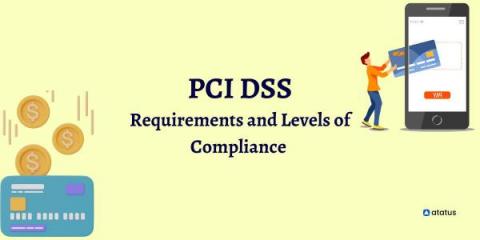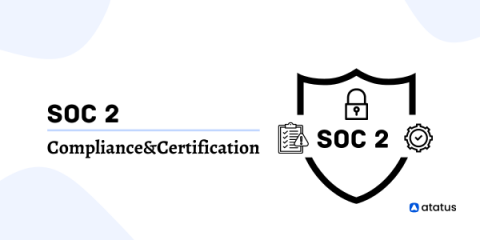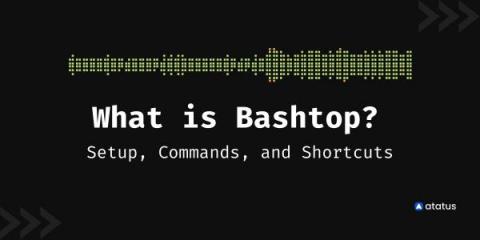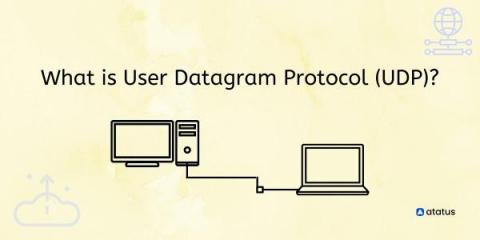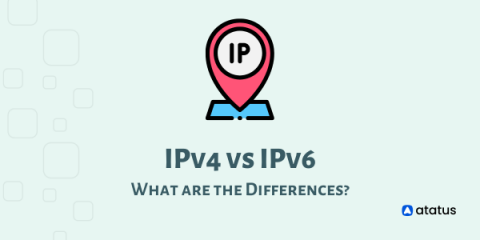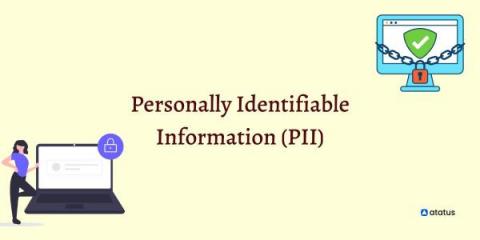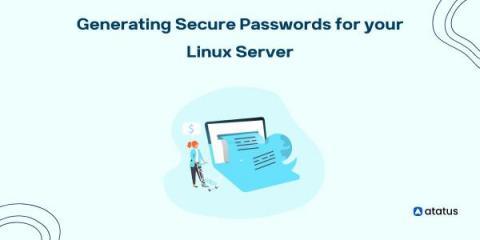PCI DSS - Requirements and Levels of Compliance
The security of payments is underlined in multiple visuals we confront each day while visiting numerous websites and apps. Can businesses and customers benefit from that? Any company handling cardholder data, whether a startup or an enterprise, must adhere to the Payment Card Industry Data Security Standard (PCI DSS). You must validate your compliance annually in order to remain compliant.


